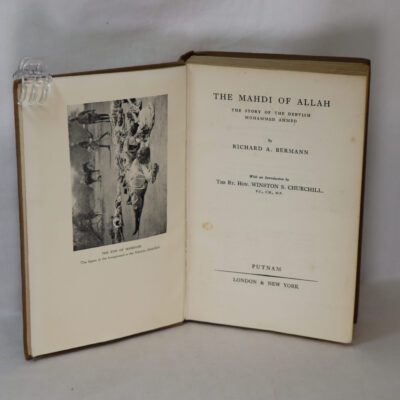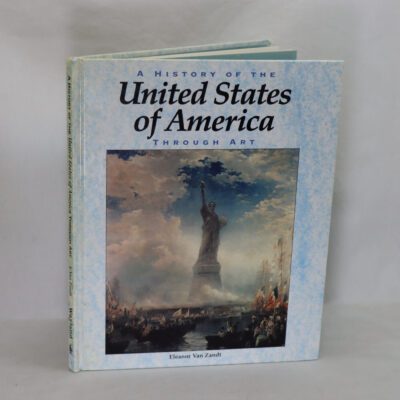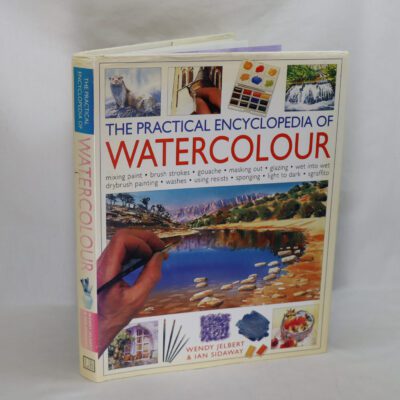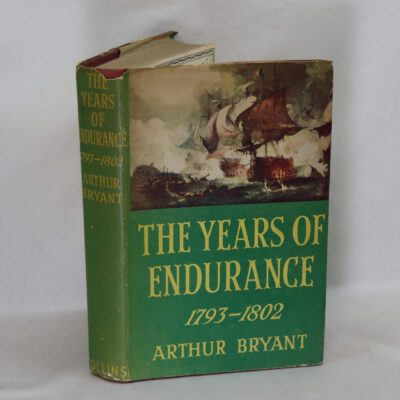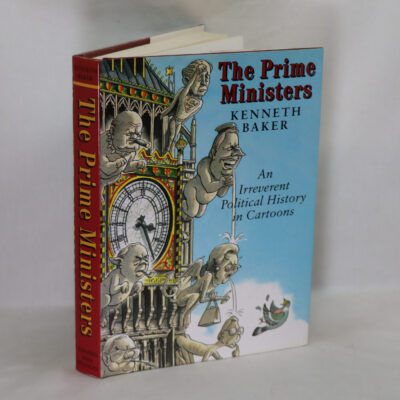Beyond the Horizon. Societies of the Channel and North Sea 3500 Years Ago.
ISBN: 9780788149832
Printed: 2012
Publisher: Somogy Art Publishers. Paris
| Dimensions | 24 × 28 × 1 cm |
|---|---|
| Language |
Language: English
Size (cminches): 24 x 28 x 1
Condition: Very good (See explanation of ratings)
Item information
Description
Paperback. Glossy grey patterned binding with white title on the front board.
-
We provide an in-depth photographic presentation of this item to stimulate your feeling and touch. More traditional book descriptions are immediately available
Through archeological excavations, scientific research, and the discovery of a 3,500 year-old-boat, this volume provides an overview of the Bronze Age and the way of life in Transmanche societies. This book explores the settlements, objects, funerary practices, and cultural similarities on both sides of the sea in 1550 BC to offer a new perspective on these ancient societies.
The Prehistoric Society Book Reviews BEYOND THE HORIZON. SOCIETIES OF THE CHANNEL AND NORTH SEA 3,500 YEARS AGO EDITED BY ANNE LEHOËRFF AND WITH THE COLLABORATION OF JEAN BOURGEOIS, PETER CLARK AND MARC TALON Somogy Art publishers, Paris 2012. Catalogue of the exhibition of the European Interreg IVa 2 Mers Seas Zeeën project ‘Boat 1550 BC’. 160 pp, 228 illus incl 210 col, ISBN 978-2-7572-0537-2, pb, 23 € Exhibition catalogues are not frequently reviewed on the web site of the Prehistoric Society, but Beyond the Horizon, the catalogue of the exhibition ‘Boat 1550 BC’, deserves to be included here because it provides access to material that is not readily accessible elsewhere, or at least not as well illustrated as elsewhere. The exhibition ‘Boat 1550 BC’ was hosted by three different museums during 2012 and 2013: the Château-Musée of Boulogne-sur-Mer in France; the Erfgoedmuseum in Ename in Belgium; and the Dover Museum in England. The unquestionable highlight of the exhibition was the half-scale replica of the Dover Bronze Age Boat, a sewnplank type craft, made specifically for the exhibition. I visited the exhibition in Dover in October 2013, by which time the replica had been removed, re-caulked and re-stitched and was in its natural element, afloat in Dover harbour. It was a magnificent sight to behold. As one would expect from a catalogue produced by an art publisher, the illustrations in the catalogue are of a very high quality, and the photographs of the objects, in particular, ensure that this book represents genuine value for money, especially for those who missed the exhibition. The text is informative and accessible, reflecting the intended audience and the broad public appeal of the exhibition. In keeping with the European support for the project, the exhibition and the catalogue bring together objects and researchers from the three participating countries. The seven themes of the exhibition are represented by the seven chapters of the catalogue, which can be presented here in two parts. The first part concerns cross-Channel activity and movement, and comprises four chapters and 15 entries. Chapter 1 concerns the Transmanche (or cross-Channel) region in the long term, with entries considering the natural background and what this means for cross-Channel navigation, the Beaker culture in Kent, and archaeological evidence of cross-Channel exchange and trade from the Neolithic to the Iron Age. Chapter 2 provides the necessary information on the Dover Boat itself, with entries reflecting on the discovery of the boat in 1992, and the study of its design and dating. The entry by Richard Darrah on the reconstruction of the half-scale model that featured in the exhibition is of particular importance for those with an interest in maritime archaeology, experimental archaeology and prehistoric seafaring, and it remains to date the only publication on this experimental archaeological project. Chapter 3 considers the specialised crafts of the Bronze Age, including the craft of naval architecture and metal working in the Bronze Age. Chapter 4 considers travel and trade during the Bronze Age. The entry by Anne Lehoërff, ‘Seamen who came in peace in 1550 BC?’, includes an illustration and description of the remarkable cuirass from Marmesse. Alongside the bronze helmets and swords dated to the second half of the second millennium BC shown in the catalogue, this evidence suggests that cross-Channel relations were not always peaceful. The second part of the catalogue presents information on the wider context of the cross-Channel activity and movement, and comprises three chapters and 34 entries. Chapter 5 presents aspects of the daily life around 1550 BC in the Transmanche region, including food, salt making, dress and adornment. In Chapter 6 the house construction and settlement layout on both sides of the Channel are presented, and Chapter 7 concerns the beliefs and rituals in the Bronze Age, with particular attention to burials and hoards. For members of the Prehistoric Society, the main value of these chapters lies in making accessible recent and not-so-recent research from France and Belgium that has hitherto not been published in English. Considering the intended audience of the exhibition and the catalogue, an academic critique of the introductory and explanatory texts may appear somewhat out-of-place here. Nevertheless, there are occasional statements that should be questioned. The notion that ‘the two sides of the English Channel maintained relations of varying intensity’ during the fourth and third millennium BC (p. 20) is poorly supported by the archaeological evidence and most commentators believe that, after a phase of intense cross-Channel activity around 4000-3800 cal BC, a longer period of cross-Channel inactivity characterized these relations. On occasion, statements took me by surprise for their lack of awareness of current theoretical debates in archaeology. For example, it is stated that ‘the dissemination of Beaker traditions (mid-third millennium) in the British Isles … has been interpreted as a result of migratory movements on a small scale from various continental regions’ (p. 20), or ‘the chiefdoms of the Early Bronze Age fell apart during the second millennium …’ (p. 31). Much has been written in recent years on the nature of long-distance exchange and seafaring in the third and second millennium BC that seeks to reconnect the movement of objects with the socio-political and ritual contexts of that period (eg, Needham 2000; 2005; Van de Noort 2003; 2006), but these arguments have not made their way into the catalogue’s text. Nevertheless, these minor criticisms should not detract from the notion that Beyond the Horizon makes accessible results from research in three countries in a most attractive and accessible manner, and that the dissemination of this information to the wider public through exhibition and catalogue deserves our unrestrained praise. For me, the most important contribution of the catalogue concerns the experimental research connected to the making of the half-scale replica of the Dover Bronze Age Boat, and I very much hope that the results of the sea trials will be published in an equally attractive manner.
References Needham, S P, 2000. Power pulses across a cultural divide: Armorica & Wessex. Proceedings of the Prehistoric Society 66: 151-94 Needham, S P, 2005. ‘Transforming beaker culture in North-West Europe; processes of fusion and fission’. Proceedings of the Prehistoric Society 71: 171-217 Van de Noort, R, 2003. ‘An ancient seascape: the social context of seafaring in the Early Bronze Age’. World Archaeology 35: 404-15 Van de Noort, R, 2006. ‘Argonauts of the North Sea; a social maritime archaeology for the 2nd Millennium BC.’ Proceedings of the Prehistoric Society 72: 267-88 Robert Van de Noort University of Exeter Review submitted: January 2014 The views expressed in this review are not necessarily those of the Society of the Reviews.
Want to know more about this item?

Related products
Share this Page with a friend






